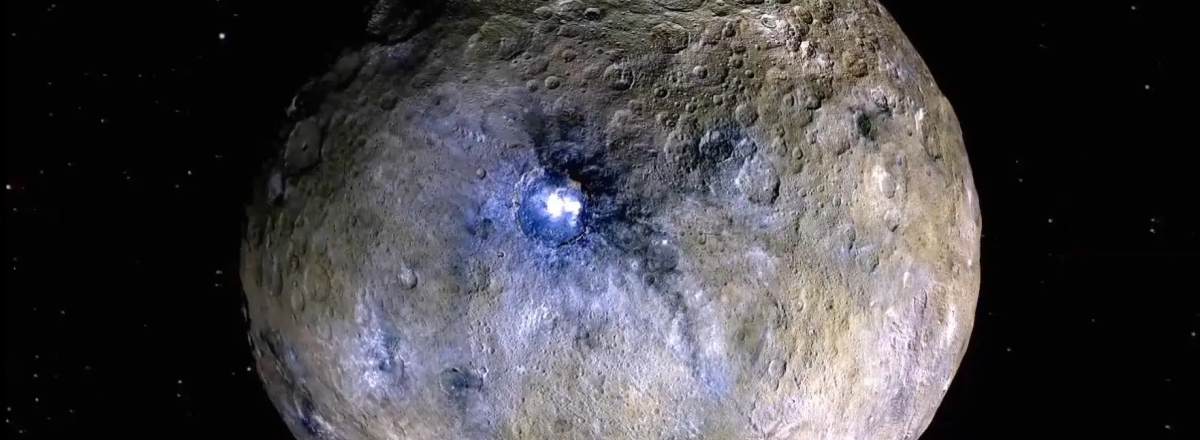Dwarf Planet Ceres May Hold a Frozen Ocean Beneath Its Surface
Ceres, the largest object in the asteroid belt, has long intrigued researchers due to its unique features, including craters and bright spots that hint at the presence of water.

Scientists have made a discovery about Ceres, a dwarf planet located in the asteroid belt between Mars and Jupiter. New research suggests that Ceres’ crust could be made up of more than 90% water ice, a far larger amount than previously estimated.
Ceres, the largest object in the asteroid belt, has long intrigued researchers due to its unique features, including craters and bright spots that hint at the presence of water. Initial studies had suggested that no more than 30% of the planet’s surface was ice. However, new computer models, combined with data from NASA’s Dawn mission, indicate that Ceres’ crust might be overwhelmingly icy, containing just a small amount of rock and dust.
This discovery challenges previous assumptions that the craters on Ceres would have become flatter and less defined if the surface were rich in ice. Instead, scientists found that even with a high ice content, a little bit of solid material mixed in could prevent the surface from flowing and flattening out over time. The well-preserved craters offer evidence of this strong, ice-rich structure.
Researchers believe that Ceres might once have had an ocean beneath its surface, similar to other known "ocean worlds" like Jupiter's moon Europa and Saturn's moon Enceladus. While Ceres no longer has the gravitational forces to maintain a liquid ocean, as these moons do, its past could offer valuable insights into the formation of icy celestial bodies.

